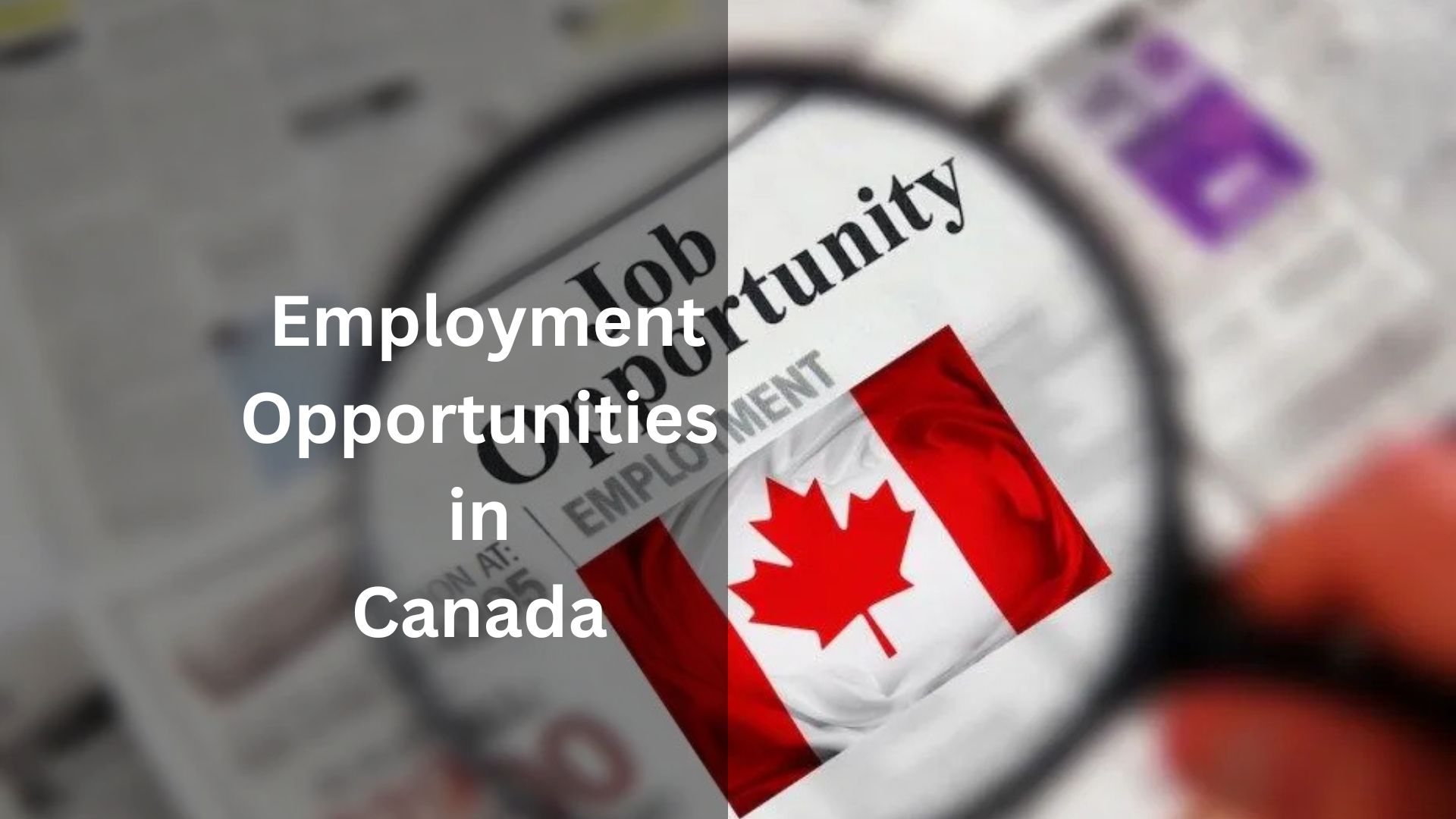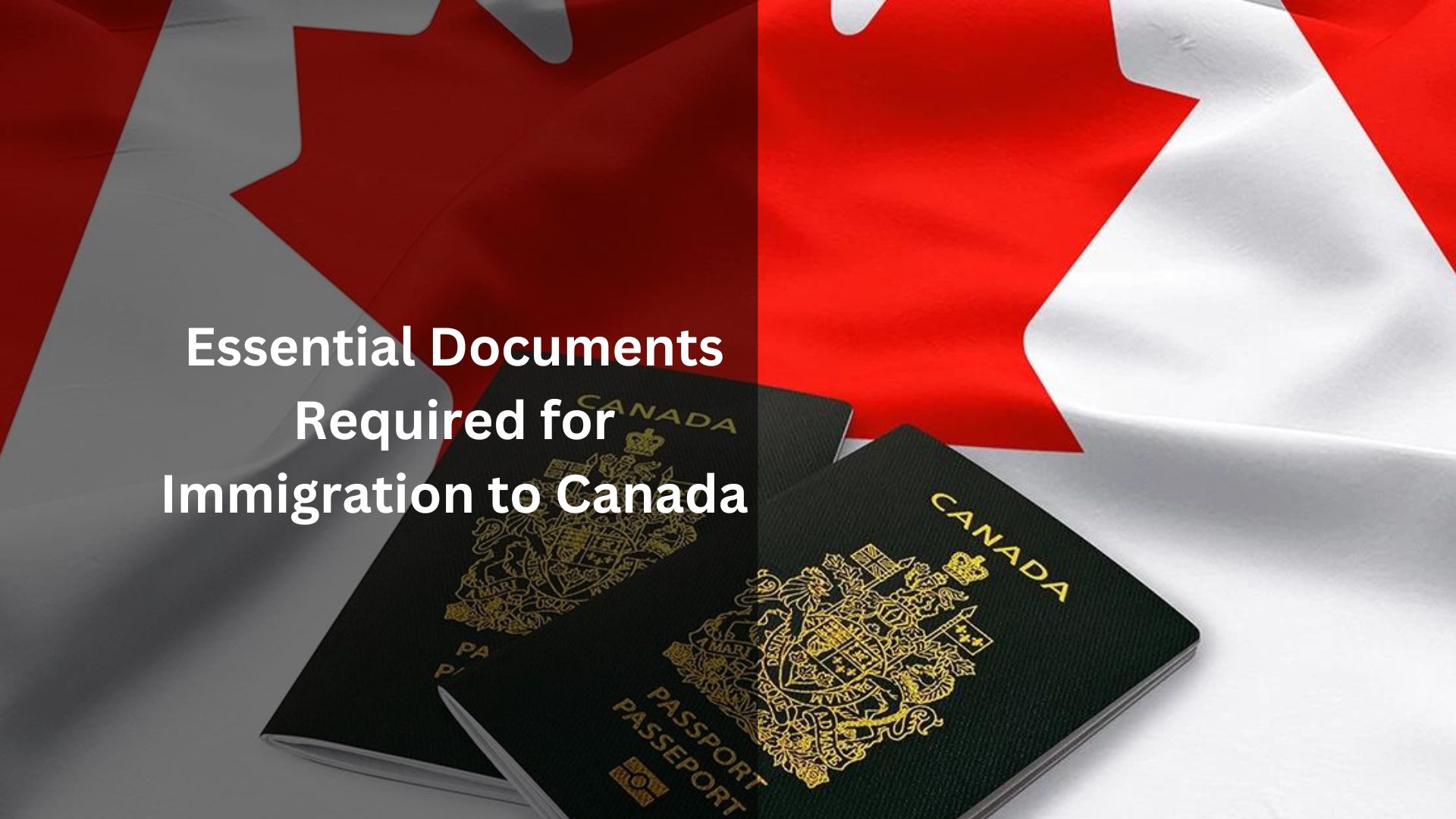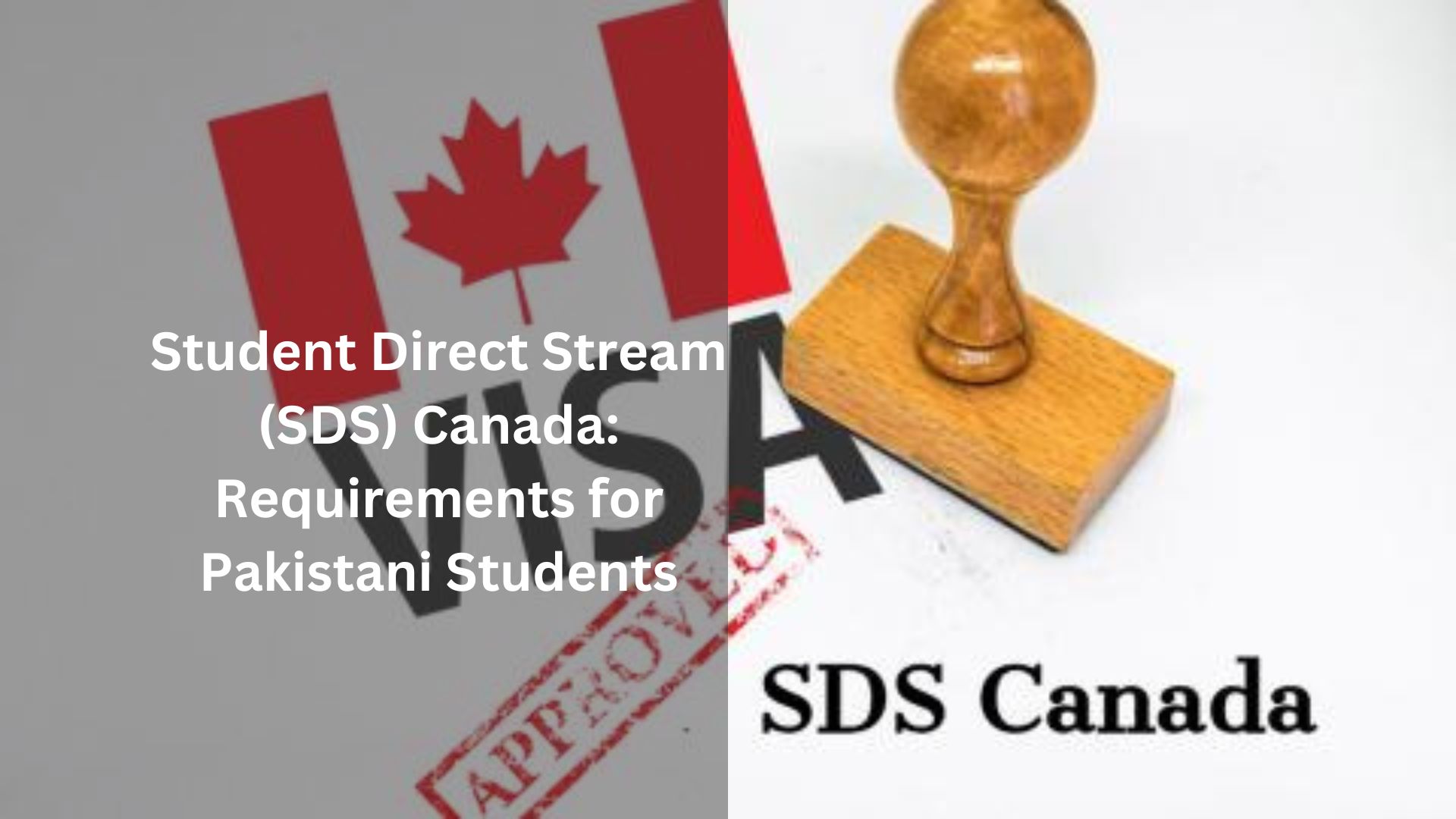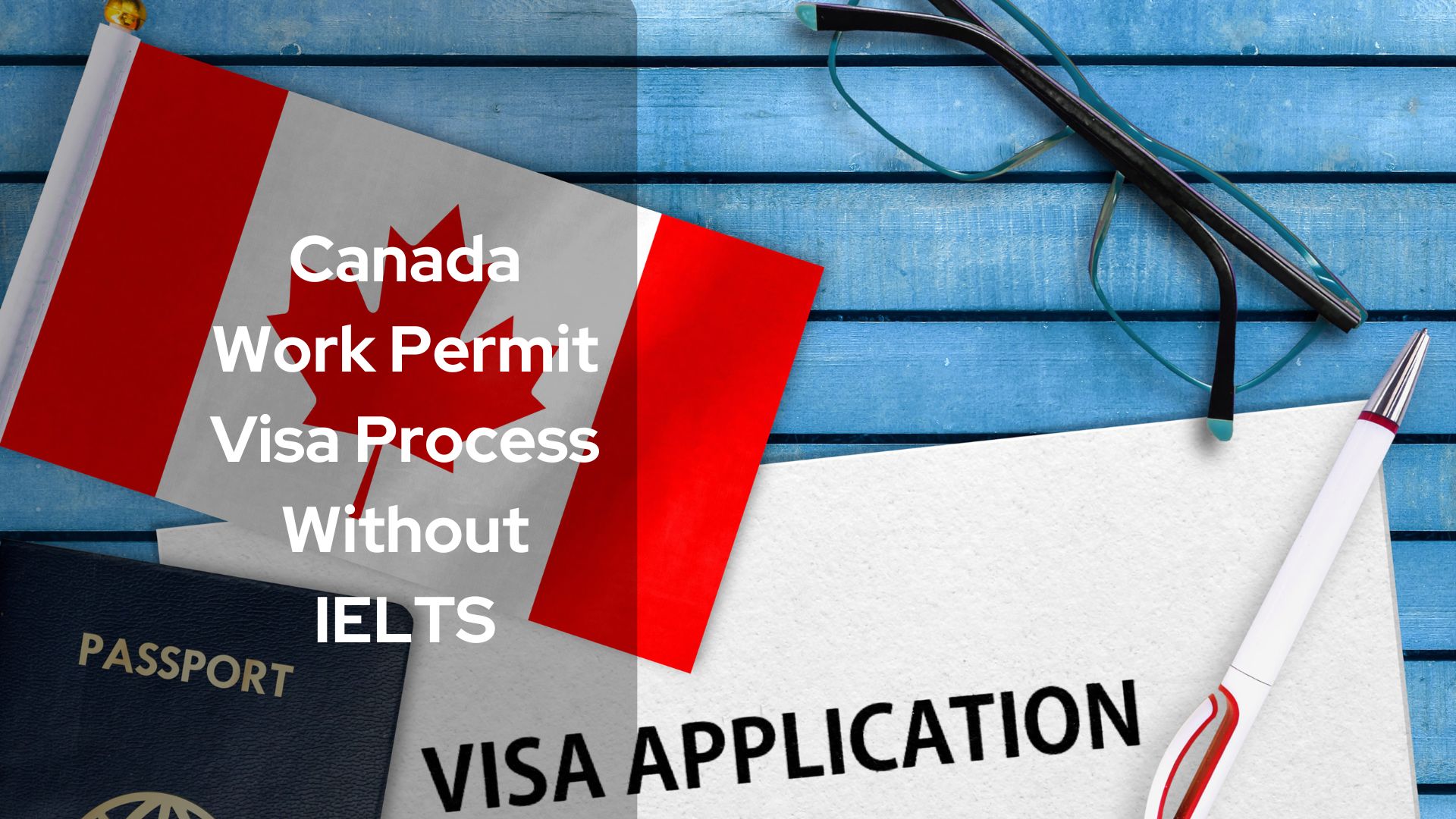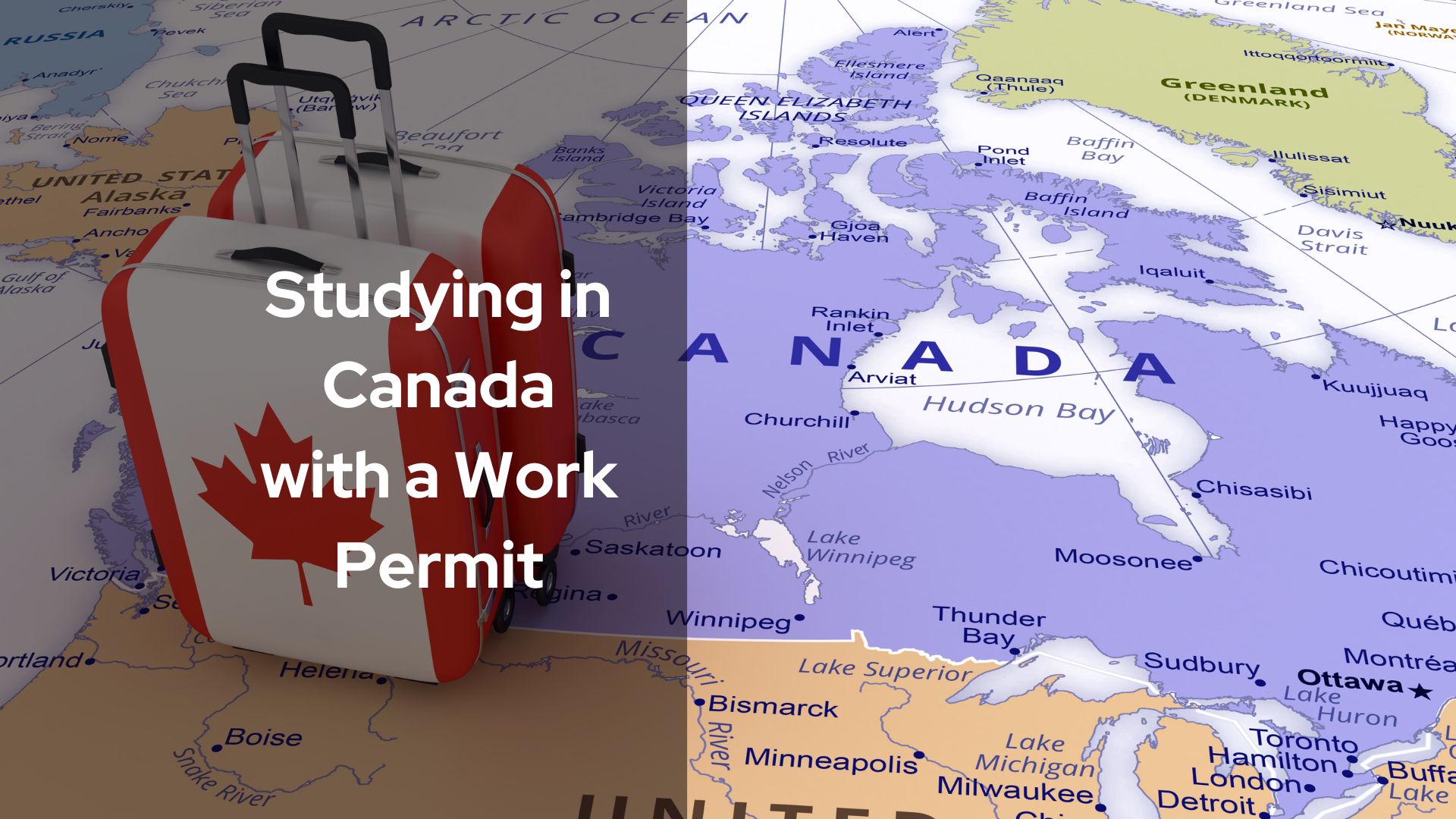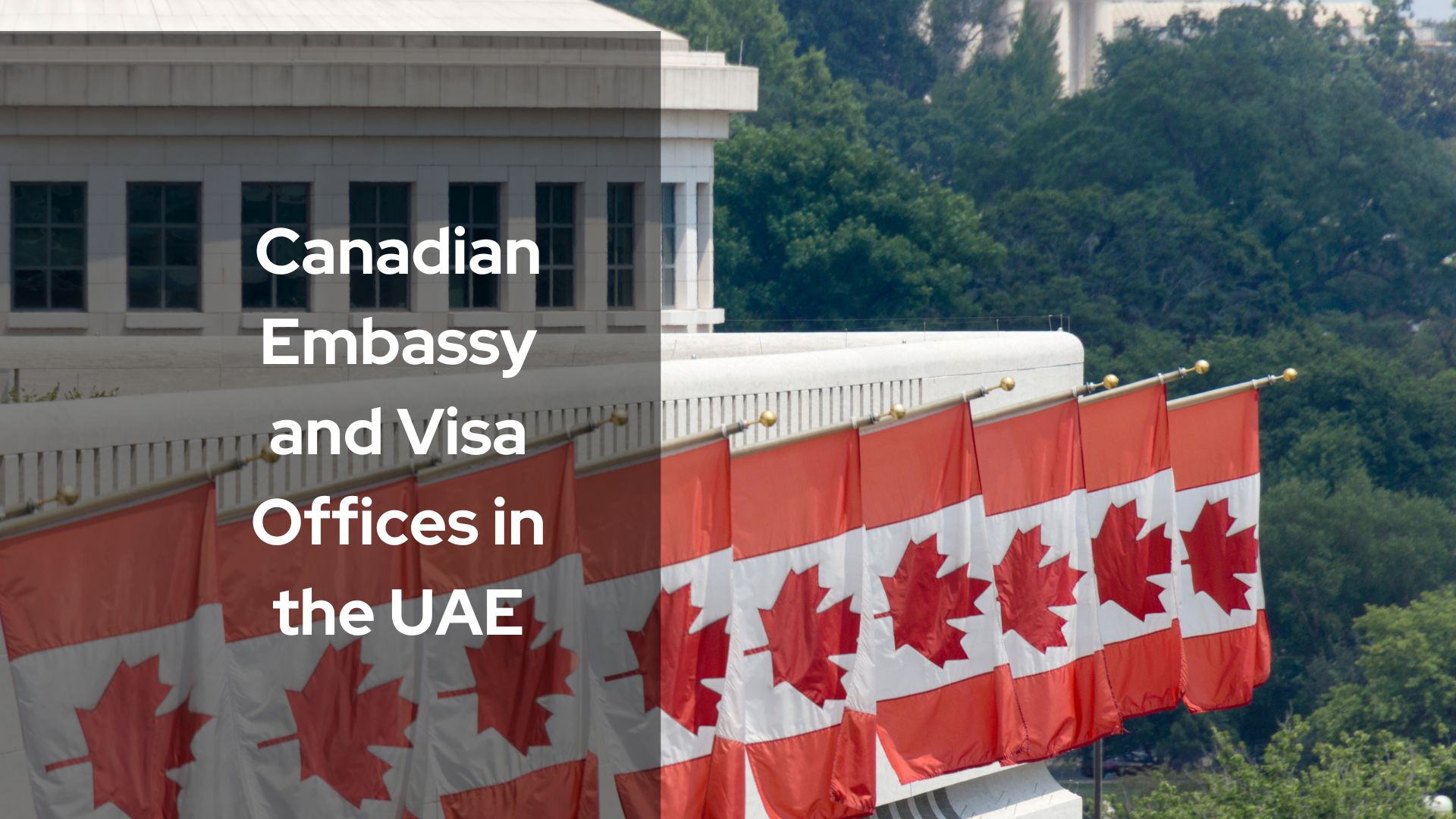Introduction In this comprehensive guide, we’ll provide you the tools and techniques you need to successfully navigate the Canadian job market as an immigrant. We can help you with everything from comprehending the differences between regulated and unregulated employment, investigating in-demand industries, and making use of government and job search networks. Additionally, you’ll […]
Home – Best Canada & Australia Immigration Consultant in Dubai
News & Media
Essential Documents Required for Immigration to Canada: A Complete CIC Checklist Copy
Introduction Canada has a good standard of living, plenty of economic opportunities, and welcoming immigration laws, making it one of the most popular places for immigrants to settle. Having a comprehensive set of documents ready is essential to guarantee a seamless immigration process, regardless of whether you’re applying for study, work, or permanent residency. […]
Student Direct Stream (SDS) Canada: Requirements for Pakistani Students
Introduction Canada’s excellent colleges, high standard of living, and post-study employment possibilities have made it a popular choice for students from all over the world for a long time. The Student Direct Stream (SDS) program in Canada provides a quicker and more efficient path to a study visa for students from Pakistan. This is […]
Essential Documents Required for Immigration to Canada: A Complete CIC Checklist
Introduction Canada has a good standard of living, plenty of economic opportunities, and welcoming immigration laws, making it one of the most popular places for immigrants to settle. Having a comprehensive set of documents ready is essential to guarantee a seamless immigration process, regardless of whether you’re applying for study, work, or permanent residency. […]
Understanding Canadian Visa and PR Processing Times: A Complete Guide to IRCC and CIC Timelines
Immigration, study, employment, and tourism are all common reasons for people to choose Canada. The nation provides a range of visa choices, such as work permits, study permits, visitor visas, and permanent residency (PR). Knowing how long it takes to get a visa is one of the most critical parts of the immigration process, and […]
Canada Work Permit Visa Process Without IELTS
Canada is one of the top destinations for individuals seeking to work abroad, offering a multitude of opportunities across various industries. The work permit visa process for Canada can be complex, but many individuals are unaware that obtaining a Canada work permit visa without IELTS is possible. While English proficiency is often a key requirement […]
Studying in Canada with a Work Permit: What You Need to Know
Canada is one of the most desired locations for international students, providing top-notch education, a multicultural environment, and employment and immigration chances. But not every foreigner living in Canada does so with a study permit. Some arrive with a work permit and afterwards think about going to school. Enrolling in any course requires you to […]
Can You Work in Canada on a Tourist Visa? Understanding the Rules and Possibilities
Travelers from all over the world are drawn to Canada because of its stunning scenery, varied culture, and high standard of living. The idea of working in Canada may also pique the interest of many tourists, who may want to do so in order to prolong their visit, have new experiences, or benefit from the […]
Canadian Embassy and Visa Offices in the UAE: Locations, Contact Details, and Services in Dubai and Abu Dhabi
Strong relationships exist between Canada and the United Arab Emirates (UAE), as many citizens of the UAE want to go to or settle in Canada for a variety of reasons, such as employment, education, and tourism. Canadian diplomatic posts in Dubai and Abu Dhabi provide a variety of services, including visa applications and passport renewals, […]
How to Track Your Canada Visa Application: A Guide to Checking Status and Updates
Planning a trip to Canada? The good news is that you may easily and conveniently check the status of your Canada visa online from the comfort of your home or any other location. Fortunately, there are multiple ways to track the progress of your visa application and remain informed thanks to Canada’s immigration system. In […]
Recent News
Work Opportunities in Canada: Best Job
Essential Documents Required for Immigration to
Student Direct Stream (SDS) Canada: Requirements
Categories
- Australia
- Australia immigration
- Australia Immigration Services
- Australia Perfect Place To Migrate
- Australia PR Consultant AbuDhabi
- Australia Skilled Immigration
- Australia visit visa
- Australia work permit from Dubai
- Australian immigation consultant in dubai
- Australian immigration
- Australian Visa From Dubai
- Basic Requirements For Getting A Canada Skilled Immigration Visa
- Best Immigration Consultants in Dubai
- Canada
- Canada Best Country To Settle
- Canada Express Entry Programe
- canada imigration
- Canada immigration consultants in Dubai
- Canada immigration from Dubai
- Canada PR
- Canada PR from Dubai
- Canada Student Visa
- canada working visa
- Canadian consultancy Services in Dubai
- Express Entry Program
- Express Entry Program in Canada
- How To Apply For Australia PR
- immigration consultancy dubai
- immigration consultants in dubai
- immigration rules in Canada
- IRCC
- Migrate to Canada from Dubai
- student visa
- study in australia
- UAE TO CANADA IMMigration
- Uncategorized
- Visit Visa
- Work Permit
Tags
Opening Hours
Call us anytime during business hours:
Mon-Sun: 10:00 AM to 7:00 PM
Email Us
info@tvgmigration.com
In partnership with



Registered with IRCC
![]()
![]()
![]()



Opening Hours
Call us anytime during business hours:
Mon-Sun: 10:00 AM to 7:00 PM
Email Us
info@tvgmigration.com
In partnership with
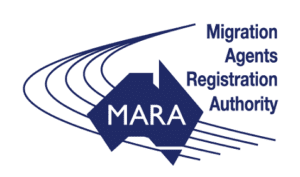




Registered with IRCC
![]()
![]()
![]()



©2024. TVG Migration DMCC Copyright | All rights reserved by The Virmani Group


